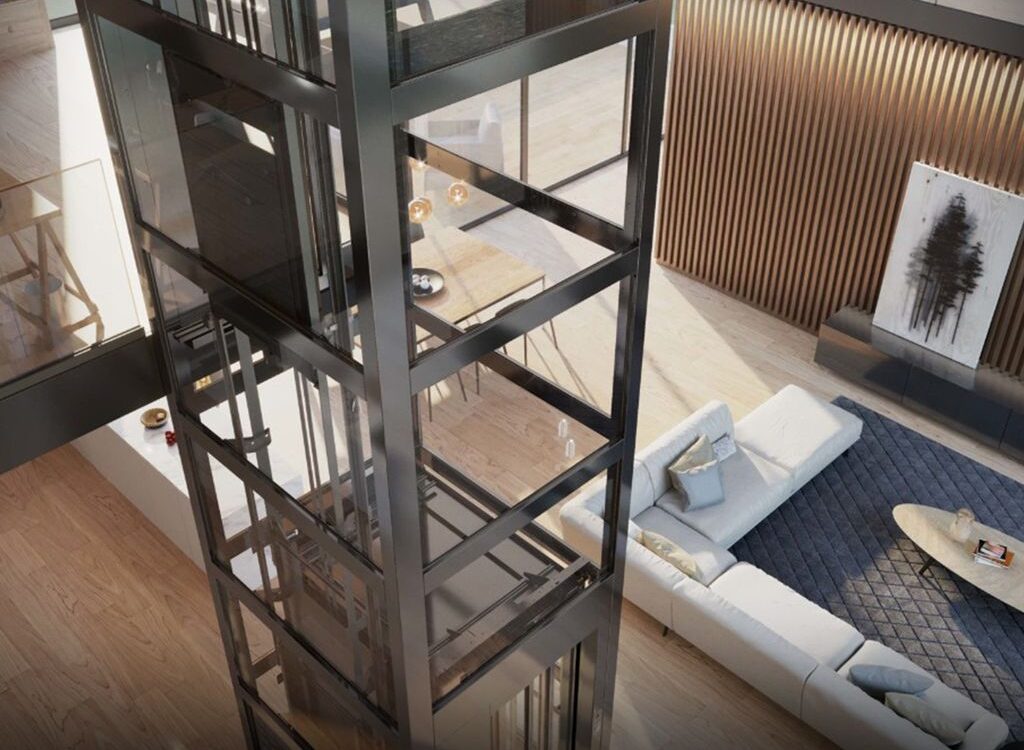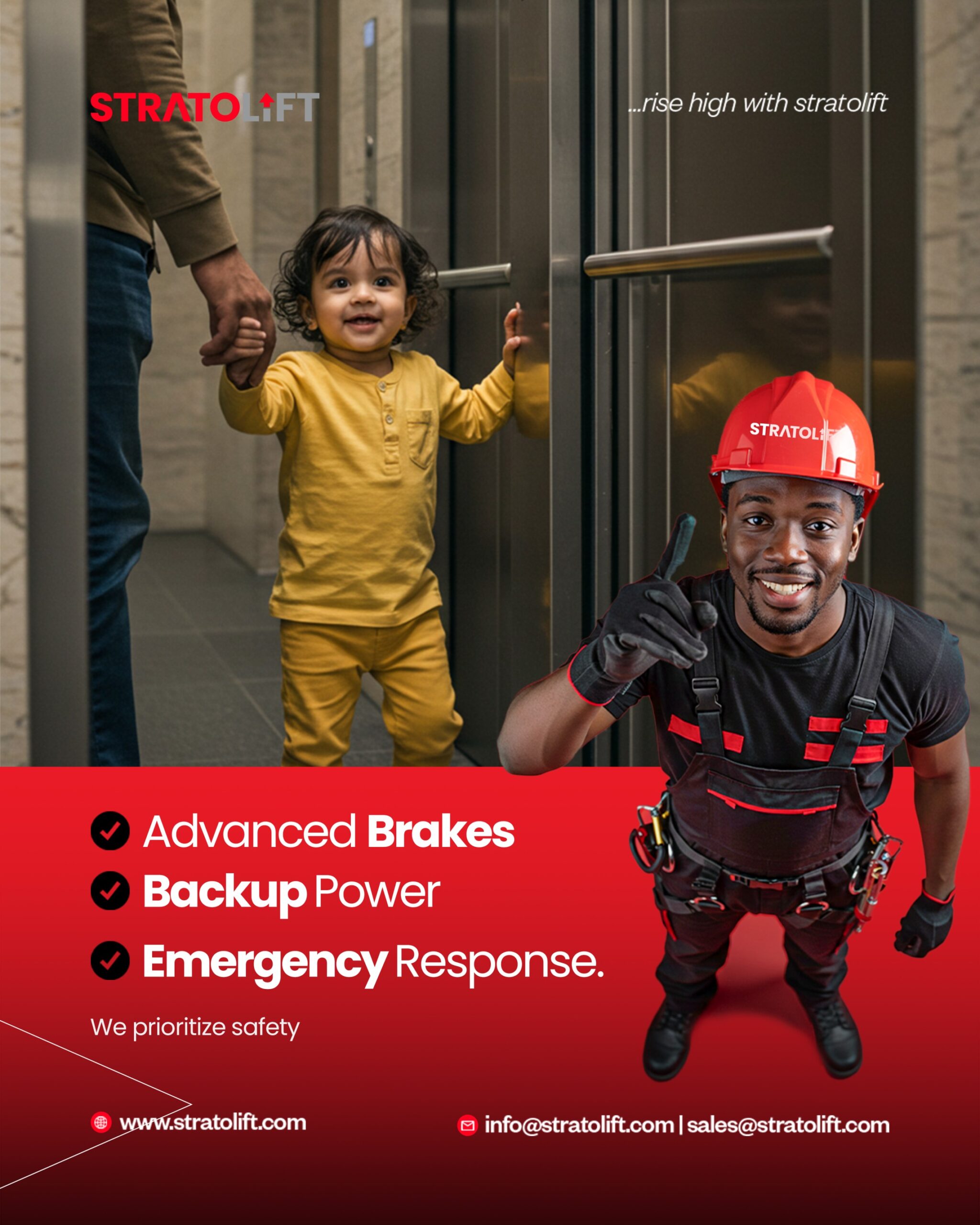
The Future of Elevators: Sustainable, Smart, and Luxurious Vertical Transportation
Introduction
The elevator industry stands at the threshold of a new era, driven by advancements in sustainability, smart technology, and luxury customization. In today’s fast-evolving urban landscapes, elevators are no longer just about vertical mobility—they are integral components of sustainable architecture, smart infrastructure, and premium lifestyle design. With global real estate focusing on high-density, tech-integrated, and eco-conscious structures, elevators are evolving into smarter, greener, and more elegant solutions.
Sustainability Trends
Sustainability has become a cornerstone of modern elevator design and manufacturing. As climate change awareness rises and regulations tighten, elevator manufacturers are investing heavily in energy-efficient technologies and environmentally friendly materials. Regenerative drives, which convert kinetic energy into reusable electricity, are now common in new installations. Machine-room-less (MRL) elevators reduce the need for additional construction space and materials, thereby lowering the overall carbon footprint of buildings.
Recyclable and non-toxic materials are being introduced into elevator cabins, and LED lighting systems help conserve energy. Moreover, smart scheduling systems can minimize unnecessary trips, optimizing energy use during low-traffic hours. In the long term, these sustainable technologies contribute to LEED certifications and align with ESG (Environmental, Social, and Governance) investment goals.
Positive Impacts of Sustainability
- Reduced operational energy costs
- Lower carbon footprint contributing to climate goals
- Longer equipment lifespan through smart energy use
- Increased property value with green certifications
Negative Considerations
- Higher initial investment in energy-efficient systems
- Limited availability of sustainable materials in certain regions
- Challenges in retrofitting older buildings with modern green elevators
Smart Technology Integration
The integration of smart technologies such as AI (Artificial Intelligence), IoT (Internet of Things), and real-time data systems is revolutionizing how elevators operate. Smart elevators can learn user behavior, optimize wait times, and allocate cars efficiently to manage peak traffic. Touchless technology and voice-activated controls have also emerged in response to health concerns post-pandemic.
Predictive maintenance is another game-changer. By using sensors and data analytics, elevator systems can anticipate mechanical issues before they happen, reducing downtime and preventing service disruptions. Real-time remote monitoring also allows service teams to identify and solve problems more efficiently.
Positive Impacts of Smart Tech
- Improved safety and reliability through predictive diagnostics
- Shorter wait times and optimized elevator traffic
- Enhanced user experience with touchless and intuitive interfaces
- Remote maintenance and operational efficiency
Negative Considerations
- Increased cybersecurity risks from connected devices
- Dependence on network infrastructure and software updates
- High training requirements for technical staff
- Potential for higher service costs due to advanced systems
Luxury and Customization
Today’s elevators are being transformed into statements of design and prestige. Especially in high-end residential and hospitality markets, customization is key. From panoramic glass cabins to designer finishes, LED mood lighting, and multimedia infotainment systems, luxury elevators are tailored to reflect the identity of a building or brand.
Architects and developers now view elevators as integral to the aesthetic experience, incorporating them as visual highlights in lobbies and atriums. Personalization also extends to performance, allowing for ultra-smooth rides, noise reduction technologies, and bespoke control panels.
Positive Impacts of Luxury Design
- Enhances brand and property perception
- Adds a unique selling proposition in competitive markets
- Provides a personalized, memorable user experience
Negative Considerations
- Elevated costs due to custom design and materials
- Longer lead times and installation periods
- Maintenance challenges with non-standard components
Conclusion
The future of vertical transportation is being shaped by sustainability, smart technologies, and luxury design. While the transition comes with its own set of challenges—from upfront investment to technical complexity—the long-term benefits are undeniable. Elevators will continue to evolve as critical infrastructure for smart cities and luxury properties alike. With ongoing innovation, the industry is poised to deliver solutions that are not only functional but also eco-conscious and aesthetically impressive. The elevator is no longer just a means to get from point A to B—it is a symbol of modern living, innovation, and progress.







